filter
-
Brand
- By Category
- Direction
- Date Range
112Events
Pictures
Events
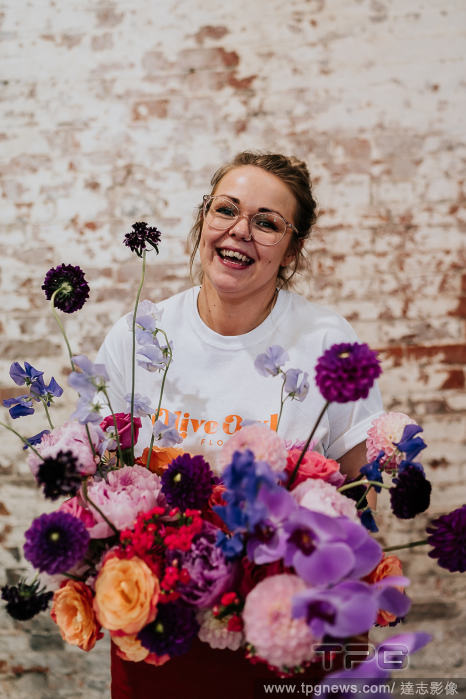
Editorial 'I Was About To End My Life - But A Bunch Of Flowers Stopped Me In My Tracks'
- 2024-09-17
- 7

Editorial A woman washes her son without soap and with little water available at their displacement tent in Deir el-Balah, Dair EL-Balah, Gaza Strip, Palestinian Territory - 08 Jul 2024
- 2024-07-10
- 1
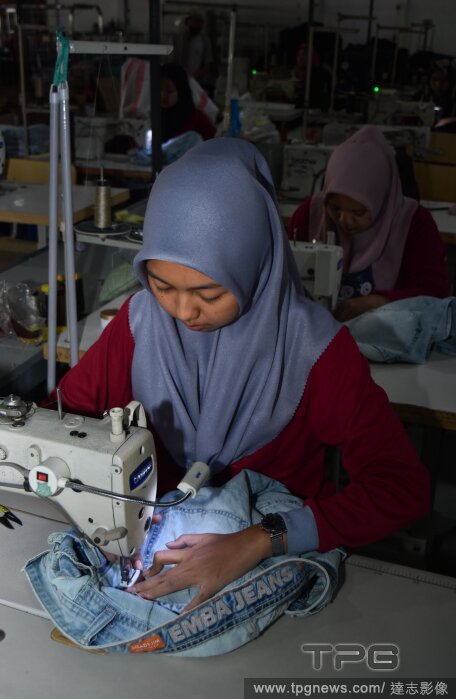
Editorial Indonesia Economy, Malang - 05 Jul 2024
- 2024-07-06
- 1
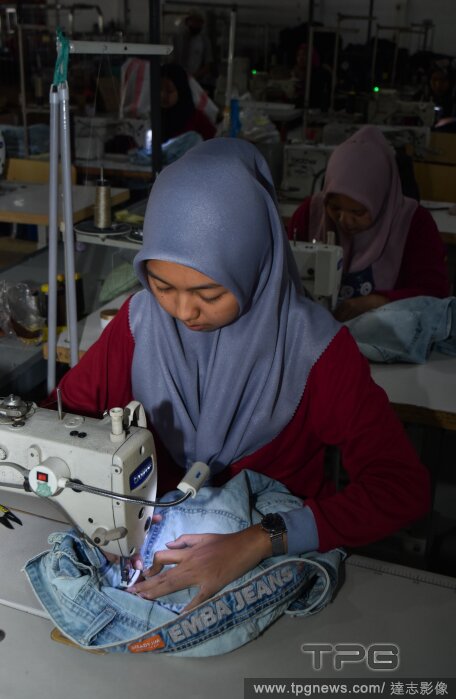
Editorial A Convection factory in Indonesia, Malang, East Java - 05 Jul 2024
- 2024-07-05
- 1

Editorial Spectacular Winners Of The 2024 World Sports Photography Awards Unveiled
- 2024-06-24
- 2

Editorial Once Morbidly Obese Woman Shares How She Lost Half Her Body Weight After Doctors Gave Her Just Two Months To Live
- 2024-04-05
- 22
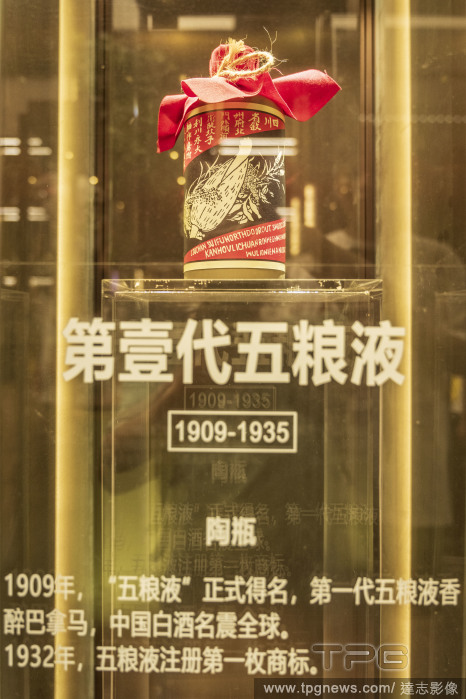
Editorial Wuliangye Cultural Experience Museum in Chengdu, China
- 2024-03-31
- 8
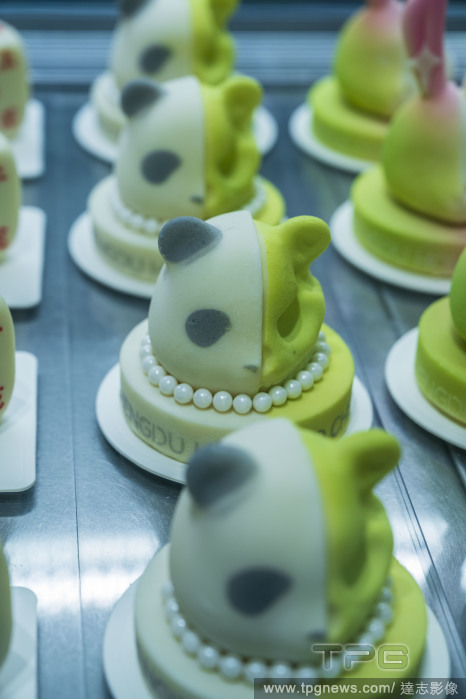
Editorial A Creative Cakes Shop in Chengdu, China
- 2024-03-31
- 6

Editorial Queen M?xima visits the Chemelot industrial cluster
- 2024-03-05
- 6

Editorial TUNISIA: President Kais Saied visited the Societe nationale de cellulose et de papier alfa
- 2024-02-01
- 2

Editorial Farmers' protest: Broad mobilization against EU policies in Termoli, Italy - 26 Jan 2024
- 2024-01-27
- 2
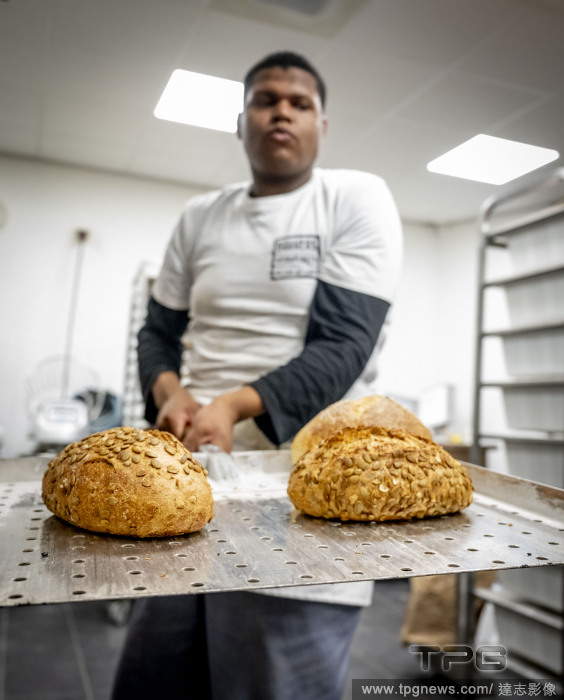
Editorial Baker in Rotterdam, Netherlands - 26 Jan 2024
- 2024-01-27
- 2
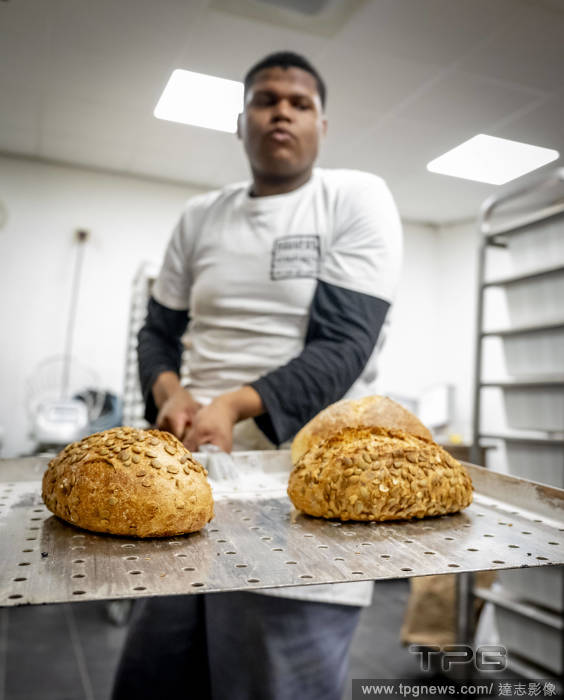
Editorial ROTTERDAM bakery
- 2024-01-26
- 2
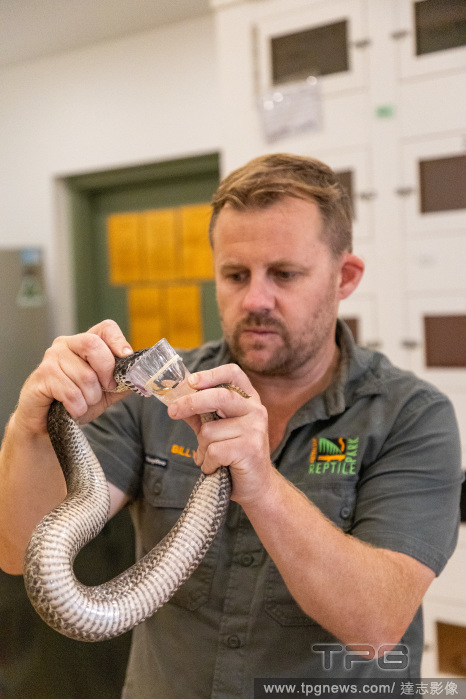
Editorial Making Hiss-tory: Australian Zoo Celebrates 1 Million Snake Milkings Over 70 Years
- 2024-01-16
- 3
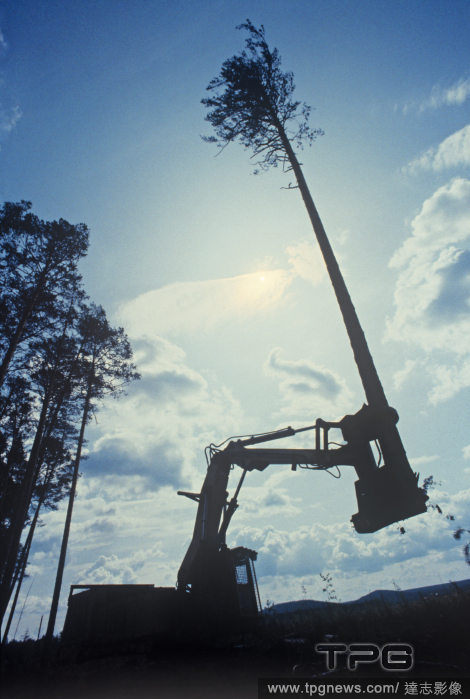
Editorial Ust-Ilimsk pulp mill
- 2024-01-12
- 1

Editorial protest against mining of raw materials on the seabed, Paris, Paris, France - 10 Nov 2023
- 2023-11-13
- 1

Editorial Natalee King: “I was high on meth now I’m high on life’
- 2023-09-06
- 17

Editorial Batumi tea-packing factory
- 2023-07-21
- 1
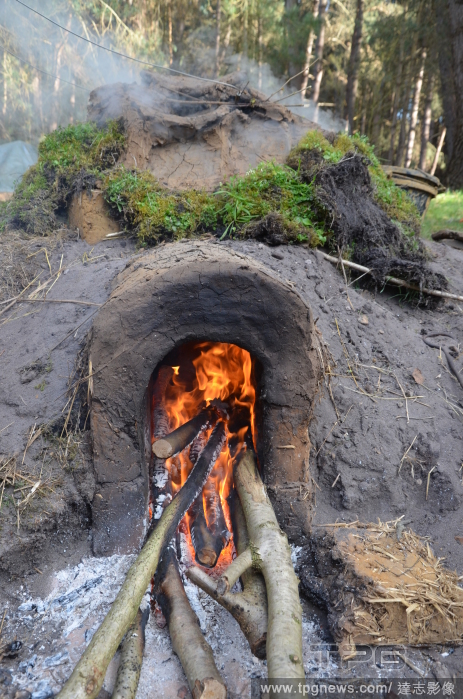
Editorial Batumi tea-packing factory
- 2023-06-20
- 2

Editorial Batumi tea-packing factory
- 2023-06-15
- 1

Editorial Batumi tea-packing factory
- 2023-06-15
- 1
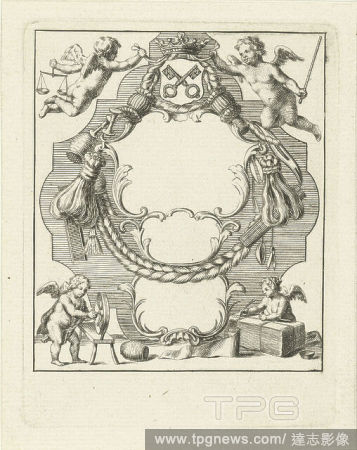
Editorial Batumi tea-packing factory
- 2023-06-14
- 1
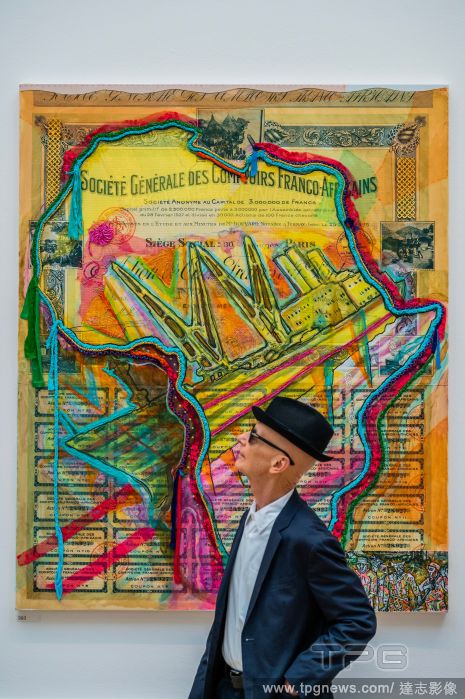
Editorial Batumi tea-packing factory
- 2023-06-06
- 1

Editorial Batumi tea-packing factory
- 2023-05-31
- 1
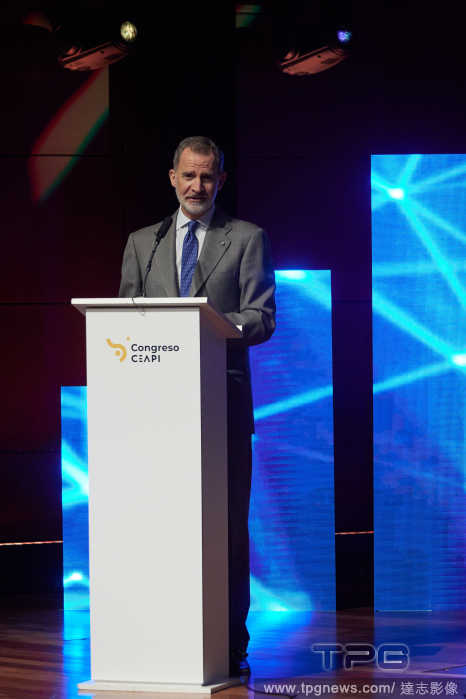
Editorial Batumi tea-packing factory
- 2023-05-31
- 1
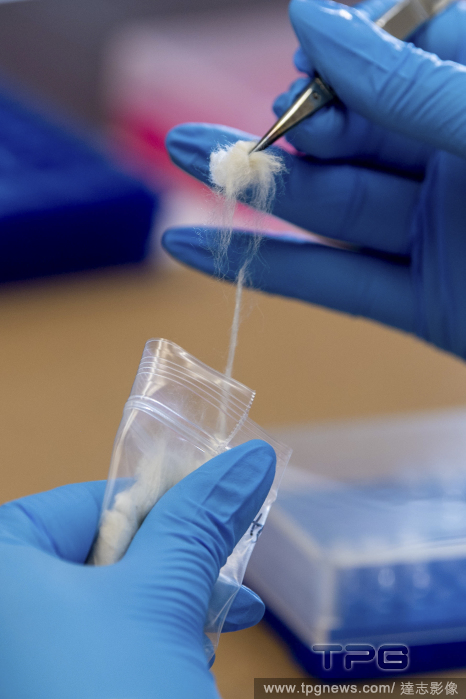
Editorial Cotton being tested at Applied DNA Sciences to determine its origins, at the Long Island High Technology Incubator in Stony Brook, N.Y. on March 10, 2023. (Johnny Milano/The New York Times)
- 2023-04-10
- 2
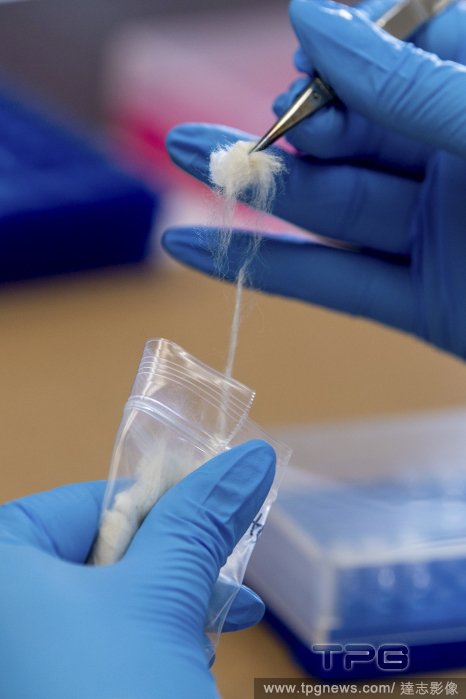
Editorial Cotton being tested at Applied DNA Sciences to determine its origins, at the Long Island High Technology Incubator in Stony Brook, N.Y. on March 10, 2023. (Johnny Milano/The New York Times)
- 2023-04-07
- 2
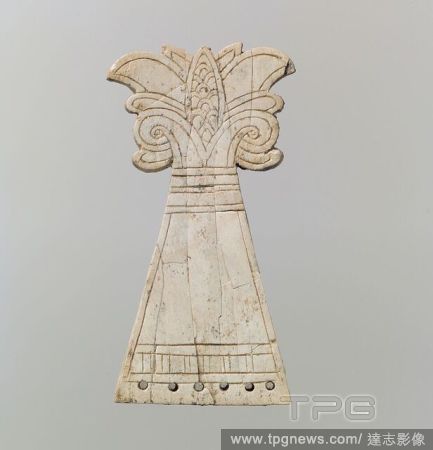
Editorial Cotton being tested at Applied DNA Sciences to determine its origins, at the Long Island High Technology Incubator in Stony Brook, N.Y. on March 10, 2023. (Johnny Milano/The New York Times)
- 2023-03-17
- 1

Editorial Supermodel Izabel Goulart celebrates the famous Carnival in Rio de Janeiro at Camarote Brahma No1
- 2023-02-22
- 3

Editorial Mir cement plant in Dhaka, Bangladesh - 20 Feb 2023
- 2023-02-21
- 1
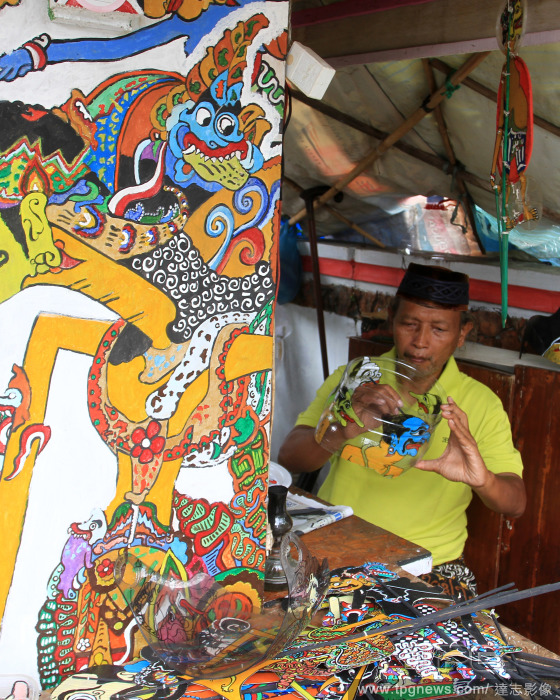
Editorial Puppets created from waste as campaign for the environment, Yogyakarta, Indonesia - 18 Jan 2023
- 2023-01-19
- 1
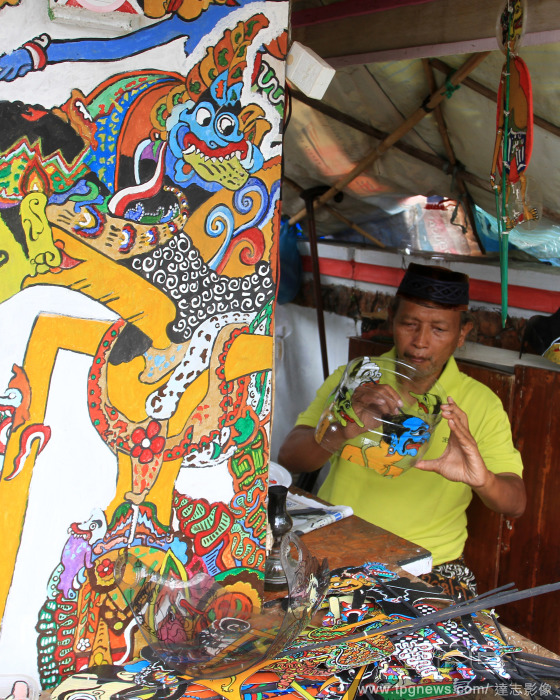
Editorial Creates Puppets from Waste as Campaign for the Environment In Indonesia
- 2023-01-19
- 1

Editorial Brussels `Beer Spa` Offers Chance To Bathe In A Brew Of Your Own Creation
- 2022-11-09
- 15

Editorial Brussels `Beer Spa` Offers Chance To Bathe In A Brew Of Your Own Creation
- 2022-11-09
- 5

Editorial Import prices up in Sept. due to strong dollar
- 2022-10-14
- 1
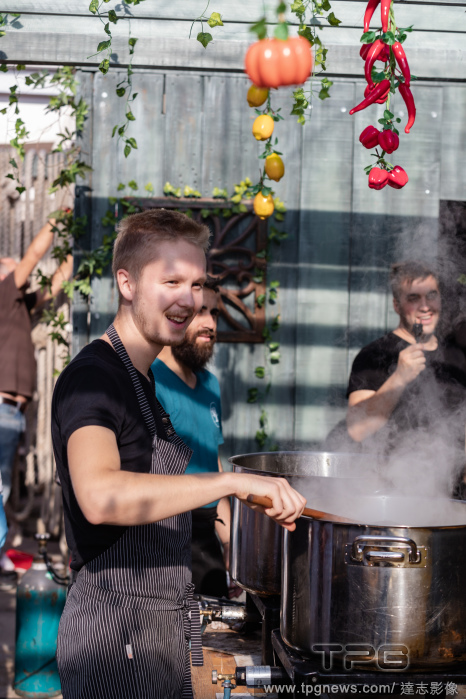
Editorial Pixsell 20221012
- 2022-10-12
- 4
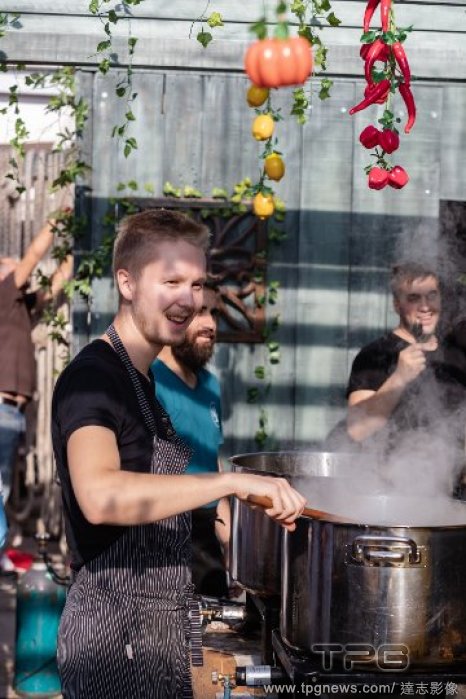
Editorial Meat Me 3.0 Festival in Zadar
- 2022-10-12
- 4
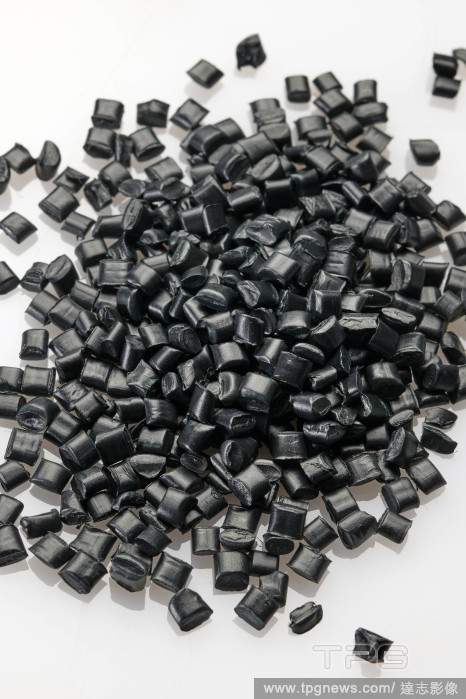
Editorial New BMW's To Be Made From Recycled Fishing Nets
- 2022-09-17
- 1

Editorial Price of Choco Pie to be raised after 9 yrs
- 2022-09-13
- 1

Editorial Unilever office in Rotterdam, The Netherlands - 28 Apr 2022
- 2022-04-29
- 1

Editorial Give raw materials to socialist industry.
- 2022-04-22
- 1

Editorial Sofia Richie shines in Divine Rising campaign for Jacquie Aiche jewelry
- 2022-03-19
- 28

Editorial Raid into petrochemical factory
- 2022-02-14
- 1

Editorial Explosion at petrochemical factory
- 2022-02-11
- 2
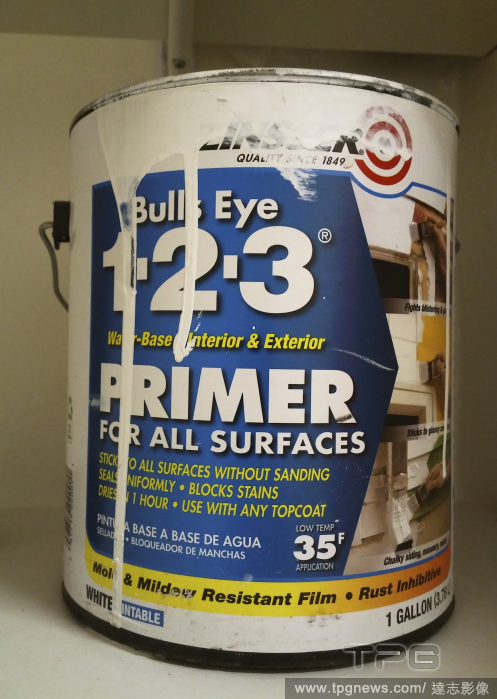
Editorial NY: Shortage of paint
- 2022-02-11
- 1
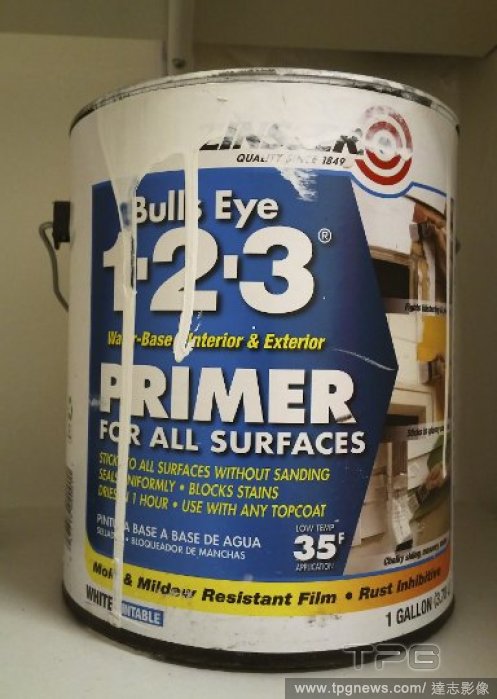
Editorial Shortage of paint
- 2022-02-11
- 1

Editorial Meeting on int'l cooperation for stable supply chains
- 2022-01-07
- 1

Editorial Urea solution arrival
- 2021-11-13
- 1
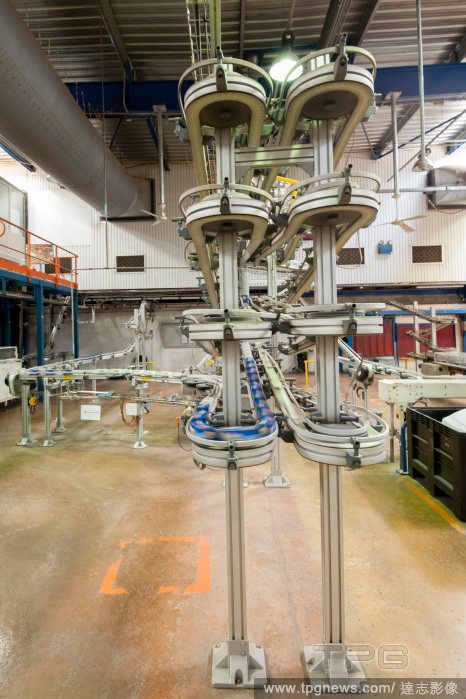
Editorial Processing and Production of Tea at Scop-Ti in Gemenos, France - 24 Sept 2021
- 2021-11-10
- 1
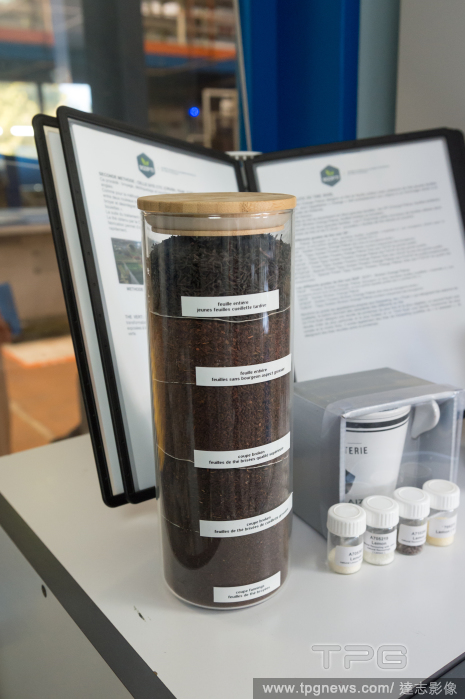
Editorial Processing and Production of Tea at Scop-Ti in Gemenos, France - 24 Sept 2021
- 2021-11-10
- 6

Editorial Durga Puja-Artist Govind Nath deserves credit, New Delhi, India - 11 Oct 2021
- 2021-10-13
- 1

Editorial A control board at Voith, a German company that has started buying from suppliers closer to its factories, in Heidenheim, Germany, on Sept. 22, 2021. (Felix Schmitt/The New York Times)
- 2021-10-06
- 1
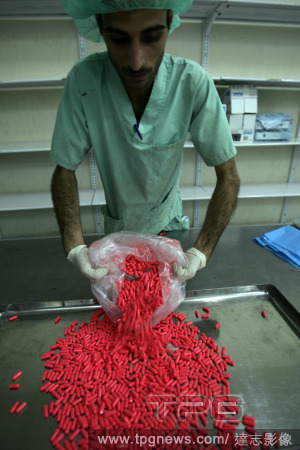
Editorial National Pharmaceutical Factory Threatened To Close In Gaza - 11 Sep 2008
- 2021-08-15
- 2

Editorial Missoiuri Governor signs legislation to track potential meth manufactures, Chesterfield, Missouri - 10 Jun 2008
- 2021-08-15
- 2
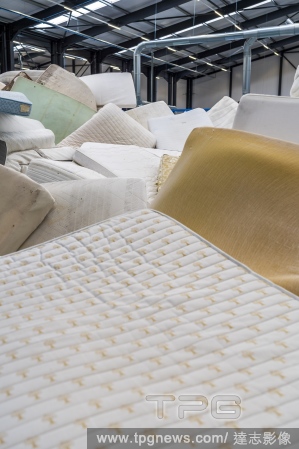
Editorial State Secretary Van Veldhoven opens mattress recycling plant, Etten-Leur, Netherlands - 05 Jul 2021
- 2021-07-06
- 9

Editorial 'Grand Palais Ephemere' Of Paris, The Exhibion 'Premiere Vision' Is The Fashion Trade Fair, France - 01 Jul 2021
- 2021-07-04
- 1

Editorial Citeve - Covid-19 Mask Certification
- 2020-04-23
- 6
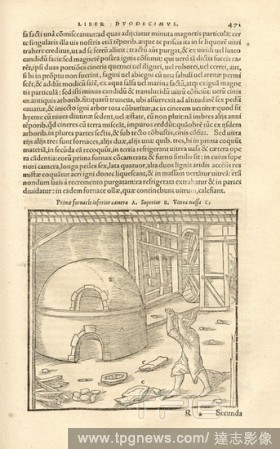
Editorial Production of glass_1, Glass is made from certain salts, sand particles and ashes by melting in a fire. The raw materials are melted in the kiln and the resulting pieces are shredded afterwards, woodcut, p. 471, (Liber duodecimus), Manuel, Hans Rudolf ...
- 2020-01-15
- 1

Editorial The Testing and valuation of raw materials used in paint and colour manufacture : Jones, M. W.
- 2019-11-19
- 1

Editorial head.
- 2019-11-18
- 1

Editorial Placuna placenta, Print, The windowpane oyster (Placuna placenta) is a bivalve marine mollusk in the family of Placunidae. They are edible, but valued more for their shells (and the rather small pearls). The shells have been used for thousands of years...
- 2019-11-18
- 1
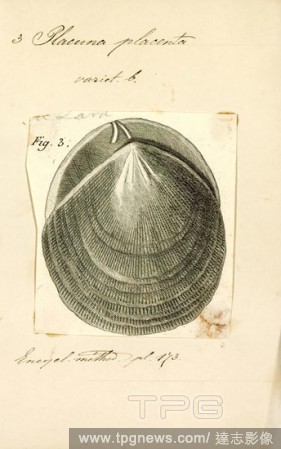
Editorial Placuna placenta, Print, The windowpane oyster (Placuna placenta) is a bivalve marine mollusk in the family of Placunidae. They are edible, but valued more for their shells (and the rather small pearls). The shells have been used for thousands of years...
- 2019-11-18
- 1
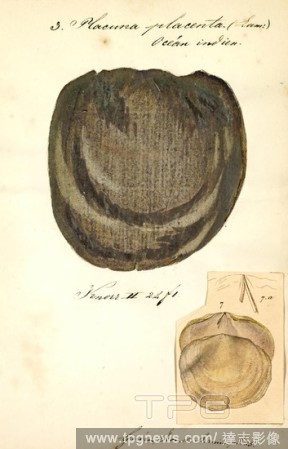
Editorial Placuna placenta, Print, The windowpane oyster (Placuna placenta) is a bivalve marine mollusk in the family of Placunidae. They are edible, but valued more for their shells (and the rather small pearls). The shells have been used for thousands of years...
- 2019-11-18
- 1

Editorial Gold pendant in the form of a bull's head.
- 2019-02-11
- 1
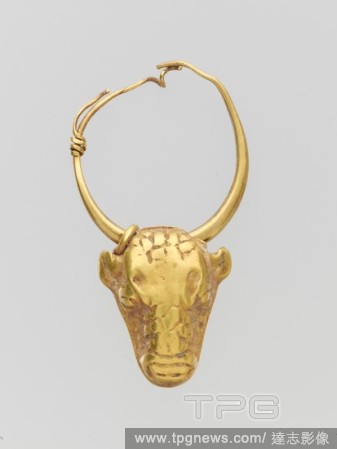
Editorial Gold pendant in the form of a bull's head.
- 2019-02-11
- 1
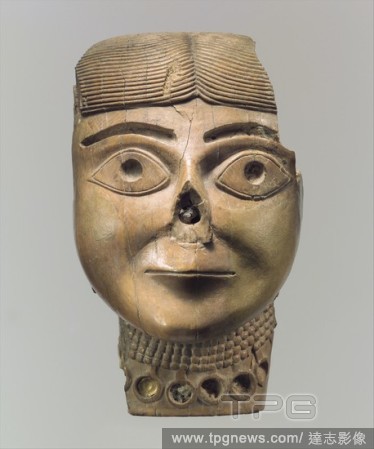
Editorial Head of a female wearing a necklace originally filled with stone inlay and gold.
- 2019-02-11
- 1
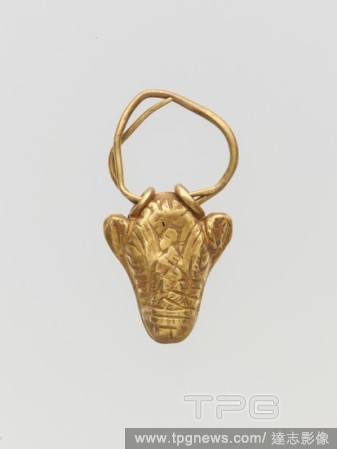
Editorial Gold pendant in the form of a bull's head.
- 2019-02-11
- 1
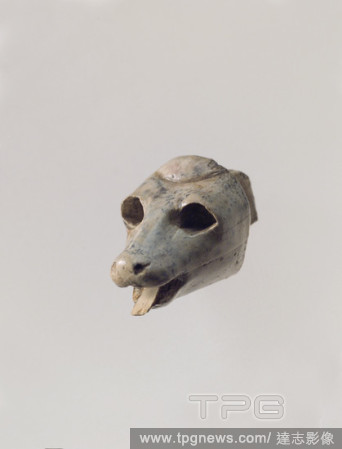
Editorial Animal head carved in the round.
- 2019-02-11
- 1

Editorial Gold pendant in the form of a bull's head.
- 2019-02-11
- 1

Editorial Gold pendant in the form of a bull's head.
- 2019-02-11
- 1

Editorial Gold earring with head of a bull.
- 2019-02-11
- 1
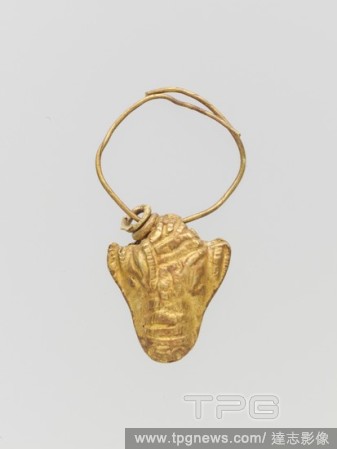
Editorial Gold pendant in the form of a bull's head.
- 2019-02-11
- 1

Editorial Gold pendant in the form of a bull's head.
- 2019-02-11
- 1

Editorial Incised horse frontlet carved into the shape of a flowering, volute palmette tree.
- 2019-02-11
- 1

Editorial Give raw materials to socialist industry.
- 2018-12-06
- 1

Editorial Gold pendant in the form of a bull's head, Late Bronze Age, ca. 1400?1050 B.C., Cypriot, Gold, L. 1 7/16 in. (3.7 cm), Gold and Silver, Most of the raw materials for Cypriot jewelry came from the East. Gold became plentiful in the Late Bronze Age, when...
- 2018-08-21
- 1

Editorial Gold pendant in the form of a bull's head, Late Bronze Age, ca. 1400?1050 B.C., Cypriot, Gold, L. 1 in. (2.5 cm), Gold and Silver, Most of the raw materials for Cypriot jewelry came from the East. Gold became plentiful in the Late Bronze Age, when Syri...
- 2018-08-21
- 1

Editorial Gold pendant in the form of a bull's head, Late Bronze Age, ca. 1400?1050 B.C., Cypriot, Gold, L. 1 11/16 in. (4.3 cm), Gold and Silver, Most of the raw materials for Cypriot jewelry came from the East. Gold became plentiful in the Late Bronze Age, whe...
- 2018-08-21
- 1

Editorial Gold pendant in the form of a bull's head, Late Bronze Age, ca. 1400?1050 B.C., Cypriot, Gold, L. 1 5/16 in. (3.4 cm), Gold and Silver, Most of the raw materials for Cypriot jewelry came from the East. Gold became plentiful in the Late Bronze Age, when...
- 2018-08-21
- 1

Editorial Gold pendant in the form of a bull's head.
- 2018-08-09
- 1
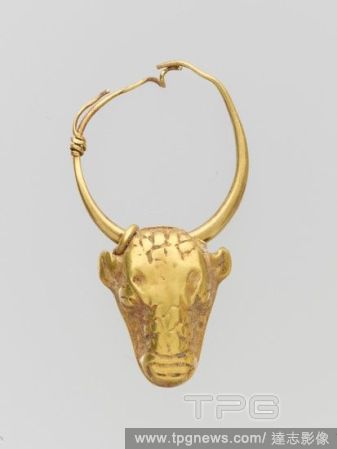
Editorial Gold pendant in the form of a bull's head.
- 2018-08-09
- 1
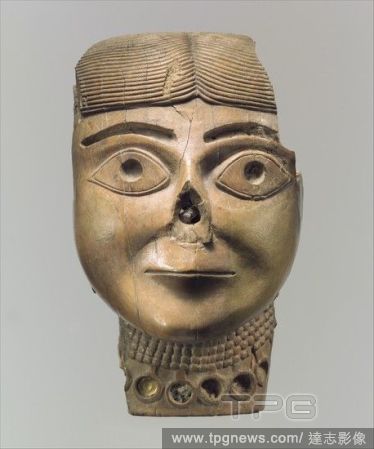
Editorial Head of a female wearing a necklace originally filled with stone inlay and gold.
- 2018-08-09
- 1

Editorial Gold pendant in the form of a bull's head.
- 2018-08-09
- 1
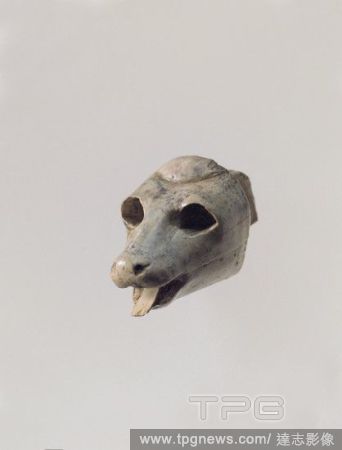
Editorial Animal head carved in the round.
- 2018-08-09
- 1

Editorial Gold pendant in the form of a bull's head.
- 2018-08-09
- 1
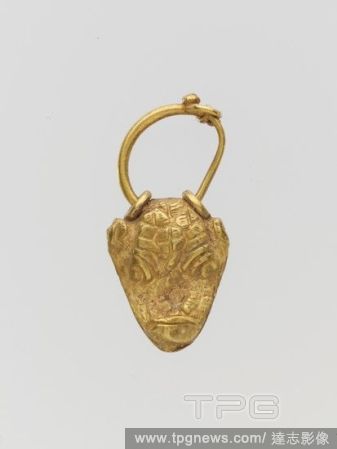
Editorial Gold pendant in the form of a bull's head.
- 2018-08-06
- 1
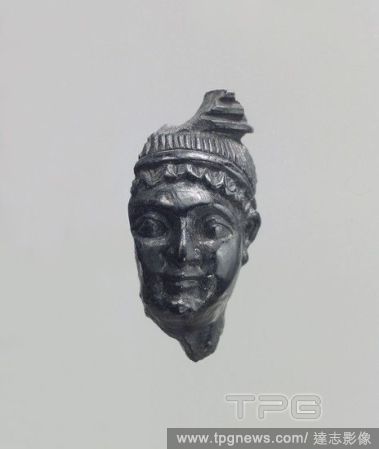
Editorial head.
- 2018-08-06
- 1
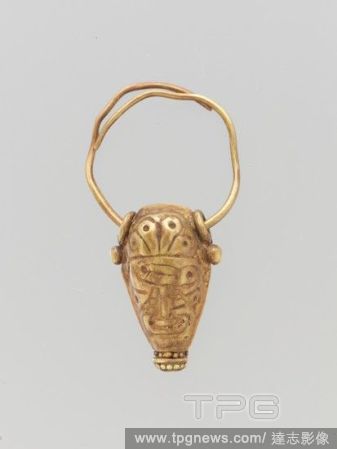
Editorial Gold earring with head of a bull.
- 2018-08-06
- 1
 Loading
Loading 